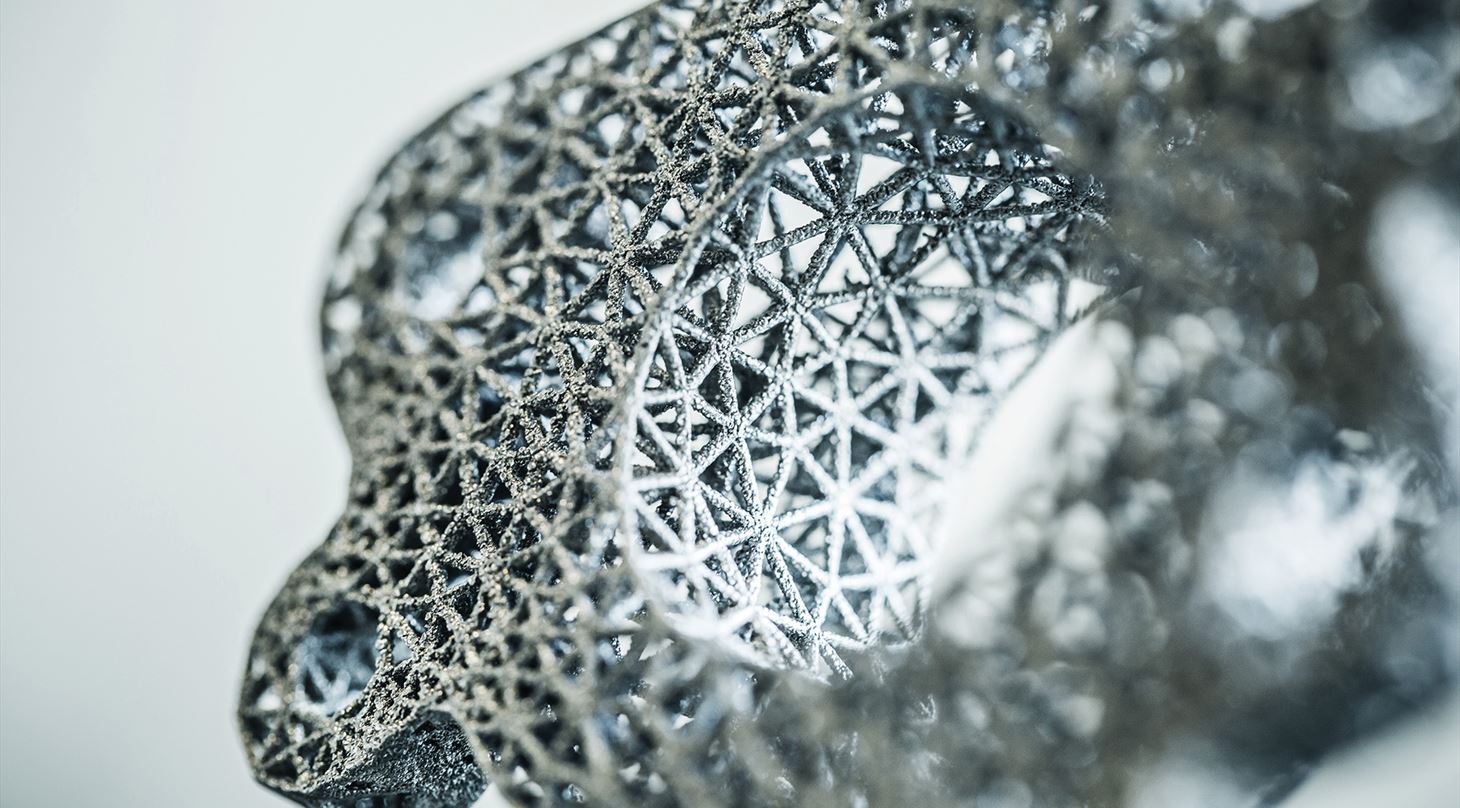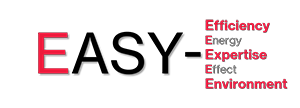
Easy-E - About the project
Select Page
The project is completed
Imagine being able to have a computer calculate what a product design should look like to be as energy efficient as possible – and with the least possible CO2 emissions. That is precisely the goal of the Easy-E project, which will create more energy-efficient products for Danish industry based on several industry trial cases. The project is supported by EUDP – the Danish Energy Technology Development and Demonstration Program, and it will run for the next three years.
 The Easy-E project, which is not to be confused with the rap legend Eazy-E, wants to take the state-of-the-art knowledge available at DTU about topology optimization - thermal topology optimization in particular - and make it available to Danish industry. Why? Because topology optimization can help alleviate several challenges that Danish companies face in terms of energy efficiency – both now and in the future.
The Easy-E project, which is not to be confused with the rap legend Eazy-E, wants to take the state-of-the-art knowledge available at DTU about topology optimization - thermal topology optimization in particular - and make it available to Danish industry. Why? Because topology optimization can help alleviate several challenges that Danish companies face in terms of energy efficiency – both now and in the future.
In short, topology optimization is about getting a computer algorithm to optimize a problem. If, for instance, if you set up some boundary conditions around load, weight, material and volume, the algorithm can calculate the best ratio between strength and weight and show what an item should look like when the material is optimally distributed. With thermal topology optimization, the only difference is that instead of weight and strength, it is about energy-related properties, such as heat transfer, flow, or cooling. And energy efficiency, as it happens, is seen as the fastest and most profitable way to reduce the Danish CO2 footprint.
In the video below, Casper Andreaen from DTU gives an introduction to topology optimization (in Danish).
- It is interesting to approach issues around energy efficiency in this way, because the computer often comes up with solutions that are significantly different from what we can intuitively think of. And Danish industry needs this if we are to succeed in utilizing the many energy potentials and thereby reduce CO2 emissions by 2030, says Ellen Hedegaard, business manager at the Danish Technological Institute, who is managing the Easy-E project.

The image above shows a traditional heat exchanger (left) and a topology-optimized heat exchanger (right). Høghøj, L.C., Nørhave, D.R., Alexandersen, J., Sigmund, O., Andreasen, C.S.,
Topology Optimization of Two Fluid Heat Exchangers, accepted in IJHMT, preprint available at arXiv:2007.01759
Based on specific industrial challenges
The computer algorithm for thermal topology optimization is developed and tested during the three-year project period. Afterwards, it will be made commercially available to Danish industry through an easy-to-use software that companies can use to calculate new solutions to energy-related challenges.
First, however, the algorithm must be tested on specific industrial challenges, and it must be ensured that the topology-optimized items can actually be produced. Consequently, the project partners include several companies representing different industries. They all face current challenges, e.g. within cooling of data centers and batteries for electric cars, and Easy-E will help solve these challenges with thermal topology optimization.
The ultimate goal of the project is to end up with a solution that starts saving CO2. The way we do it is by making a good and cheap solution that is demanded by the market. That way, the solution can be put into production and end up where it has an effect – with the consumers
- Ellen Hedegaard, Danish Technological Institute
Facts about the project
The Easy-E project runs from October 1st, 2020 until December 31st, 2023 and has a total budget of DKK 20 million. The project is supported by EUDP - The Danish Energy Technology Development and Demonstration Program, and both knowledge and industry partners are participating. The knowledge partners are DTU - Technical University of Denmark, the Danish Technological Institute, and Oqton Denmark, while the industry is represented by Aarsleff, Danfoss Cooling, Asetek, Bühler Group and GRAM Equipment A/S.

The project is supported by EUDP - The Danish Energy Technology Development and Demonstration Program
